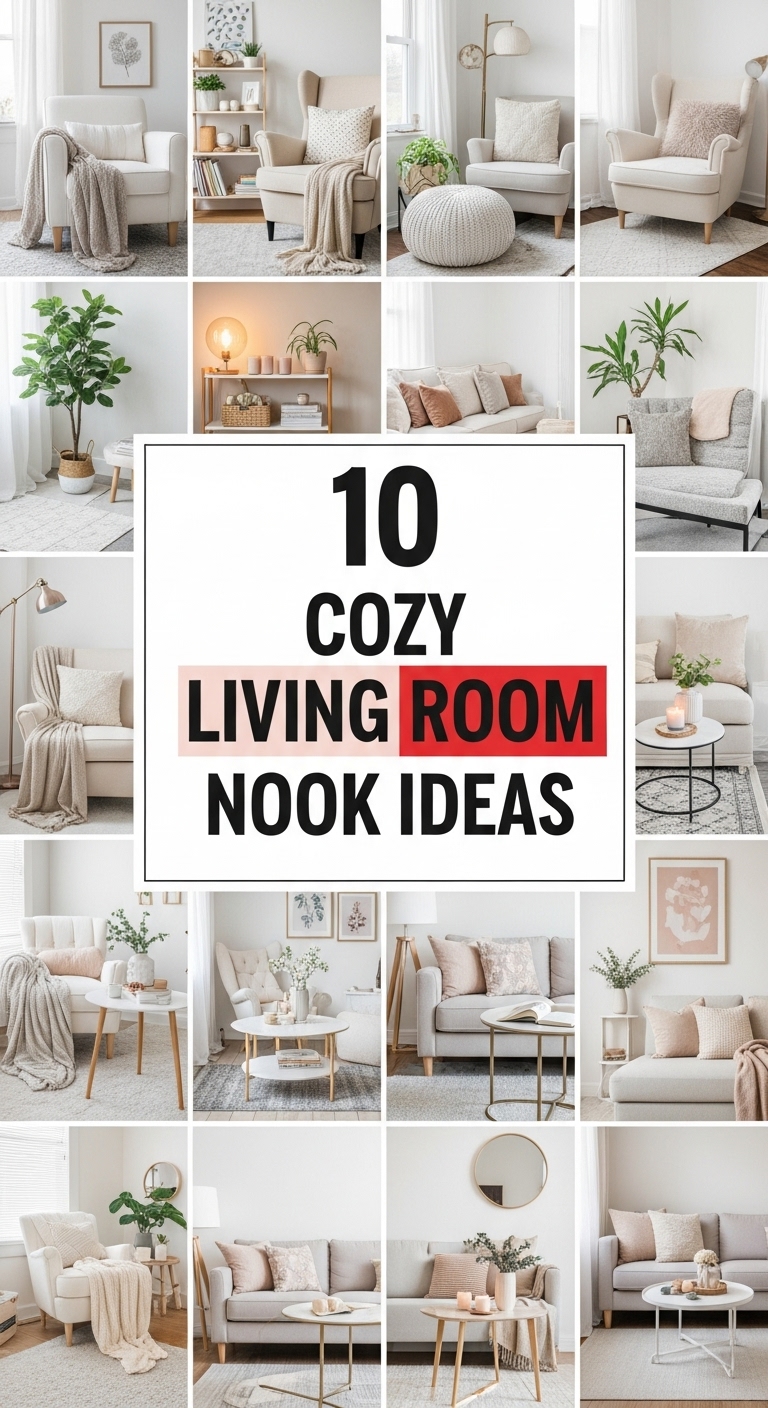Designing a room for siblings can be both exciting and challenging. When two (or more) children share a room, it becomes a space where personalities blend, creativity grows, and memories are made. The key to creating a beautiful sibling room lies in finding the right balance between shared harmony and personal expression.
Whether you’re decorating for twins, siblings with a big age gap, or kids who have completely different styles, the goal is to make the room functional, fair, and full of warmth. With a bit of creativity, you can design a shared room that encourages bonding while giving each child their own sense of identity.
Here are ten inspiring sibling room ideas that combine smart layouts, thoughtful storage, and stylish decor to help you create a space that feels both unified and unique.
1. Dual Zones for Individual Space
When siblings share a room, having personal space is essential. Dividing the room into zones helps each child feel they have a corner of their own. This can be achieved through layout, color, or even furniture placement.
Consider painting each side of the room in a different shade within the same palette, such as soft blue and mint green. You can also use area rugs to visually define zones. Placing beds opposite each other, separated by a shared nightstand or bookshelf, creates symmetry while allowing independence.
If space allows, small desks or reading nooks on each side add a personal touch where each child can draw, read, or work on school projects. Even a room shared by two different-aged children can feel fair and private with smart zoning.

2. Bunk Beds for Fun and Function
Bunk beds are a timeless favorite for sibling rooms — and for good reason. They save space, spark imagination, and add a sense of adventure. The classic setup of one bed over the other is ideal for smaller rooms, freeing up floor space for play or storage.
For a more modern twist, consider L-shaped bunks or built-in bunks with integrated drawers and shelves. Add personalized bedding so each child’s area feels unique — for example, one with star-patterned sheets and the other with stripes.
To keep things harmonious, ensure equal access to storage and lighting. Clip-on lamps or reading lights can make each bed feel like its own mini world, perfect for bedtime stories or quiet moments.

3. Gender-Neutral Color Palettes
When decorating for a brother and sister, finding a color scheme that appeals to both can be tricky. Instead of traditional pink and blue, go for gender-neutral tones like mustard yellow, forest green, teal, or warm beige.
These colors can be easily layered with accents that reflect each child’s personality. For instance, one side might feature dinosaur prints, while the other showcases floral or abstract art — all within the same cohesive palette.
Using natural materials like wood, rattan, and linen adds texture and warmth. This kind of neutral backdrop grows gracefully as your kids do, eliminating the need for frequent redecoration as tastes change.

4. Loft Beds with Play or Study Space Below
Loft beds are excellent for maximizing vertical space in a sibling room. They open up the floor area underneath, which can be transformed into a play zone, homework nook, or reading corner.
In rooms with two loft beds, you can mirror the design for symmetry — each with a small desk or toy storage below. For a younger sibling, the lower area might be a soft play corner, while the older one can use it as a study zone.
Adding curtains or canopies under the lofts gives kids a sense of privacy and ownership. With fairy lights or string lights, the room feels whimsical yet structured — perfect for both play and rest.

5. Creative Storage Solutions
A well-designed sibling room thrives on good storage. With double the belongings, clutter can easily take over. Built-in storage benches, under-bed drawers, and wall shelves keep the room organized while leaving space to play.
Use labeled bins or baskets so each child knows where their things belong. Consider furniture with hidden storage, such as ottomans or window seats.
For shared wardrobes, color-coded hangers or shelf labels help prevent mix-ups. A pegboard or wall hooks for backpacks and hats also add a fun, practical touch. When everything has its place, the room stays tidy and calm — something both parents and kids can appreciate.

6. Matching but Distinct Design Elements
Cohesion doesn’t mean identical. Matching core elements while allowing for small differences creates a balanced look. For example, you can use the same bed frames and wall color but let each child pick their bedding or wall art.
This approach encourages individuality without creating visual chaos. It’s especially helpful for twins or siblings close in age who want both connection and independence.
You might add identical shelves where each child displays their own photos, books, or toys. This creates a room that feels coordinated but still deeply personal — a space that celebrates both unity and uniqueness.

7. Themed Rooms that Encourage Imagination
Themed sibling rooms spark creativity and make shared spaces more exciting. Whether it’s a forest adventure, outer space, or a cozy cottage theme, shared imagination fosters bonding.
For younger kids, a woodland theme with tree decals, soft greens, and animal prints can be magical. Older siblings might love a modern boho vibe with neutral tones, patterned rugs, and string lights.
If the siblings have different interests, blend two complementary themes. For instance, a “sky and sea” theme could combine clouds and ocean tones — one side features stars and planes, while the other has waves and boats.
Adding thematic wall art or murals brings everything together without overcomplicating the space.

8. Multi-Functional Furniture
In a shared room, furniture that serves multiple purposes is a game-changer. A daybed with a trundle offers sleeping space for two without taking up extra room. Modular furniture pieces, such as stacked cubbies or movable desks, can evolve as your children grow.
If you have a small room, foldable study desks or wall-mounted drop tables are great space savers. Storage headboards can hold books, toys, and nighttime essentials within reach.
Choosing furniture in light colors or natural wood tones helps the space feel open and airy. Every piece should earn its place — blending style, storage, and comfort.

9. Personalized Touches and Decor
Even in a shared space, personal touches make a big difference. Let each child choose a small area to decorate — a wall gallery, shelf, or corkboard for photos and drawings. Personalized name signs or initial pillows also add a charming touch.
This sense of ownership encourages responsibility and respect for shared boundaries. You can also involve your kids in DIY decor projects, like painting frames or crafting wall art together.
Lighting can also reflect personality — soft fairy lights for one side, a bolder lamp for the other. These small differences create a sense of harmony while allowing each child’s uniqueness to shine.

10. Designing for Growth and Flexibility
A well-planned sibling room should evolve with time. Kids’ needs change quickly — a toddler might soon need a study desk, or an older child might crave more privacy.
Design with flexibility in mind. Modular furniture, removable wallpaper, and adaptable layouts make transitions easier. For instance, a bunk bed setup can later be separated into two singles when kids get older.
Neutral walls and durable furniture can be easily updated with new accessories. When you design with future growth in mind, the room remains functional and beautiful for years.

Final Thoughts
Creating the perfect sibling room is about more than just furniture and color choices — it’s about building a space where connection and individuality coexist. A shared room can teach cooperation, creativity, and consideration, while also being a fun and cozy retreat.
The key is to balance shared elements with personal touches. Encourage your children to have a voice in the design process, ensuring each feels represented and comfortable.
With thoughtful planning, any sibling room — big or small — can become a cherished space filled with laughter, imagination, and lifelong memories.
From creative storage to inspiring themes, these ten sibling room ideas prove that shared spaces can be as stylish as they are special.












